OEM in Automotive Explained – Everything You Need to Know
Introduction OEM, or original equipment manufacturer, is widely used in the automotive and information technology industries. Initially, it referred to a company manufacturing a product for rebranding or reselling by another company. However, the term has evolved to encompass many meanings today.
Understanding OEM
Traditionally, an original equipment manufacturer is a company that produces components or parts used in products made by another manufacturer. The second manufacturer, the value-added reseller (VAR), adds value to the original item and sells it as a finished product to end-users. OEMs typically focus on business-to-business sales, while VARs cater to the public or end consumers.

OEM in the Automotive Industry
OEM refers to parts produced by the vehicle manufacturer, not by a third party. In this context, OEM and VAR are auto manufacturers that make original auto parts for their vehicles. These parts are assembled into cars and marketed to auto dealers, who then sell them to individual customers. OEM components in the automotive industry include body, powertrain, chassis, electrical, and interior parts.
How OEM Works for Car Parts
OEM (Original Equipment Manufacturer) parts for car components typically work through a structured process involving:
- Design and Specification: Car manufacturers design and specify parts needed for vehicle assembly, ensuring they meet performance, safety, and regulatory standards.
- Production and Supply: OEMs or their authorized suppliers manufacture these parts using specified materials and processes, ensuring quality and consistency.
- Integration into Vehicle Assembly: Parts are integrated into the vehicle during manufacturing, ensuring they fit perfectly and function as intended.
- Distribution: OEM parts are distributed through authorized dealerships and service centres for maintenance, repairs, and replacements throughout the vehicle’s lifecycle.
- Quality Assurance: OEMs maintain strict quality control measures to uphold standards, often backed by warranties and support to ensure customer satisfaction.
Characteristics of OEM in Automotive
OEMs in the automotive industry have several key factors:
- Licensing: VARs must acquire licenses to use OEM parts, which often come with hardware and software products.
- Incomplete Spare Parts: OEMs produce components that are part of a complete product and require assembly with other parts.
Pros and Cons of OEM Parts OEM parts are designed as parts or replacements for a product, offering several advantages and disadvantages:
Pros:
- Dependable Performance and Safety: OEM parts match the original automotive parts’ quality, specifications, and material, ensuring a reliable and safe replacement.
- Easy-to-Use Parts: OEM parts fit seamlessly into vehicles, making replacement straightforward.
- Manufacturer Warranty: OEM parts often come with a limited manufacturer warranty, typically lasting up to one year.
- Life Span: OEM parts have a longer lifespan due to their high quality and precise manufacturing.
- Maintains Vehicle Resale Value: Using OEM parts helps keep a vehicle’s quality and resale value.
- Performance: OEM parts ensure optimal fit and performance, maintaining the vehicle’s functionality.
Cons:
- Costly: OEM parts are more expensive than third-party alternatives due to their quality, service, and warranties.
- Potential Waiting Time: OEM parts may require ordering, leading to possible delays.
- Limited Suppliers: The number of suppliers for OEM parts is limited, affecting availability and cost.
- Overselling Superior Quality: The quality gap between OEM and aftermarket parts is narrowing, reducing the perceived superiority of OEM parts.
Difference Between OEM Auto Parts and Aftermarket Parts There are several differences between OEM and aftermarket auto parts:
- Compatibility: OEM parts are highly compatible with specific vehicle makes and models, while aftermarket parts may require modifications.
- Quality: OEM parts are higher quality and have warranties, whereas aftermarket parts may lack these assurances.
- Regulation: Aftermarket parts often lack strict regulatory oversight, affecting their safety standards.
- Cost and Availability: Aftermarket parts are cheaper and more readily available than OEM parts.
OEM vs ODM
OEM companies manufacture products based on specifications provided by another company. In contrast, original design manufacturers (ODM) produce products using their designs, with little room for modification. ODM manufacturing includes private and white-label categories, benefiting suppliers by reducing research and development time.
The ODM provides the design and specifications for the product. The purchasing company selects an existing design from the ODM’s catalogue and may make minor modifications.
ODM products offer less customization than OEM products since the design originates from the ODM.
OEM Partnerships and Reselling Companies often partner with OEMs to minimize manufacturing investment, lower production costs, and gain design expertise. This collaboration allows businesses to create high-quality products using the best components while focusing on their core competencies. OEMs often do not brand the products but provide components for their partners to brand and market.
Custom Auto Part Manufacturer
DSW specializes in custom automotive part manufacturing and offers various services, such as CNC machining, 3D printing, die casting, and rapid prototypes.
Backed by competitive pricing, a dedicated team of professional engineers, and stringent quality inspectors, we guarantee high-quality production for all your automotive projects.
Whether you require OEM custom parts or are developing a concept car, DSW delivers dependable prototyping and manufacturing solutions.
Laws regarding OEM (Original Equipment Manufacturer) parts protect intellectual property, ensure safety and quality standards, regulate fair competition, may affect vehicle warranties, and include environmental regulations.


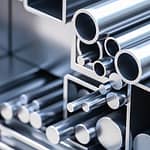

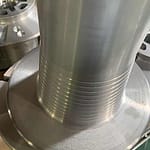
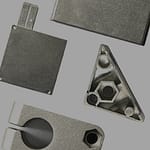
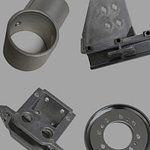


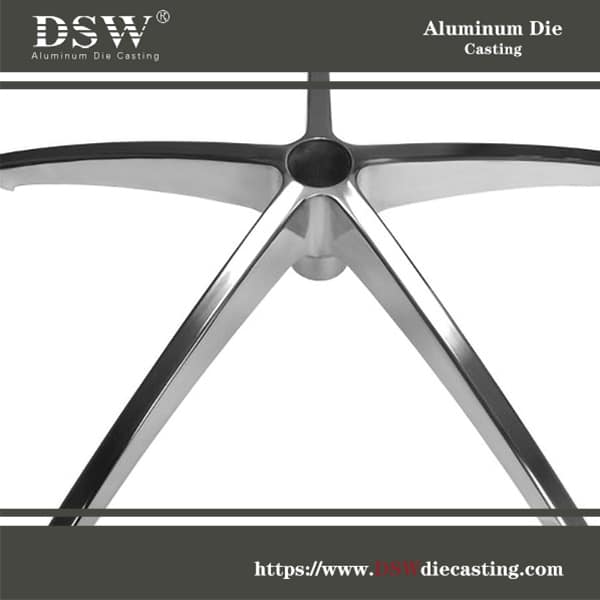




No comment